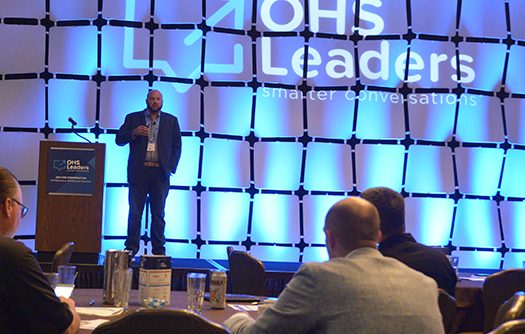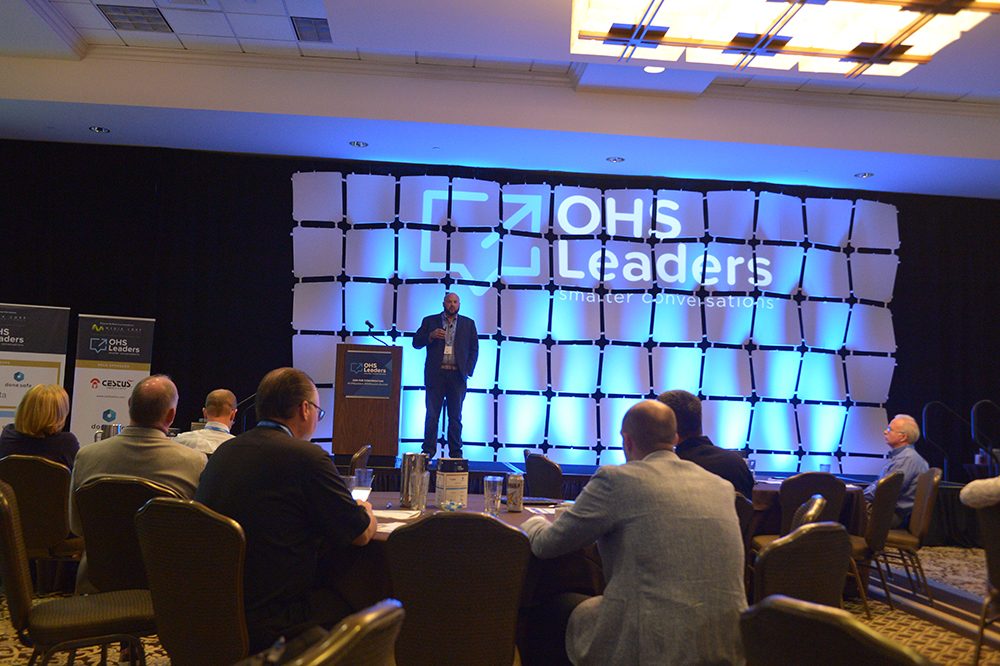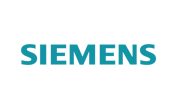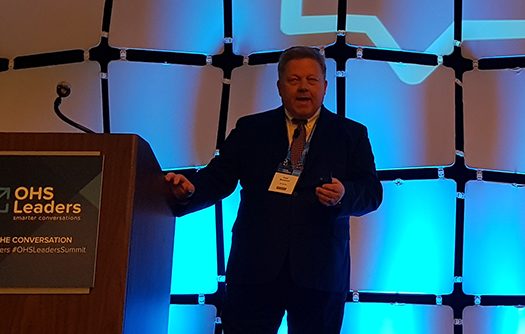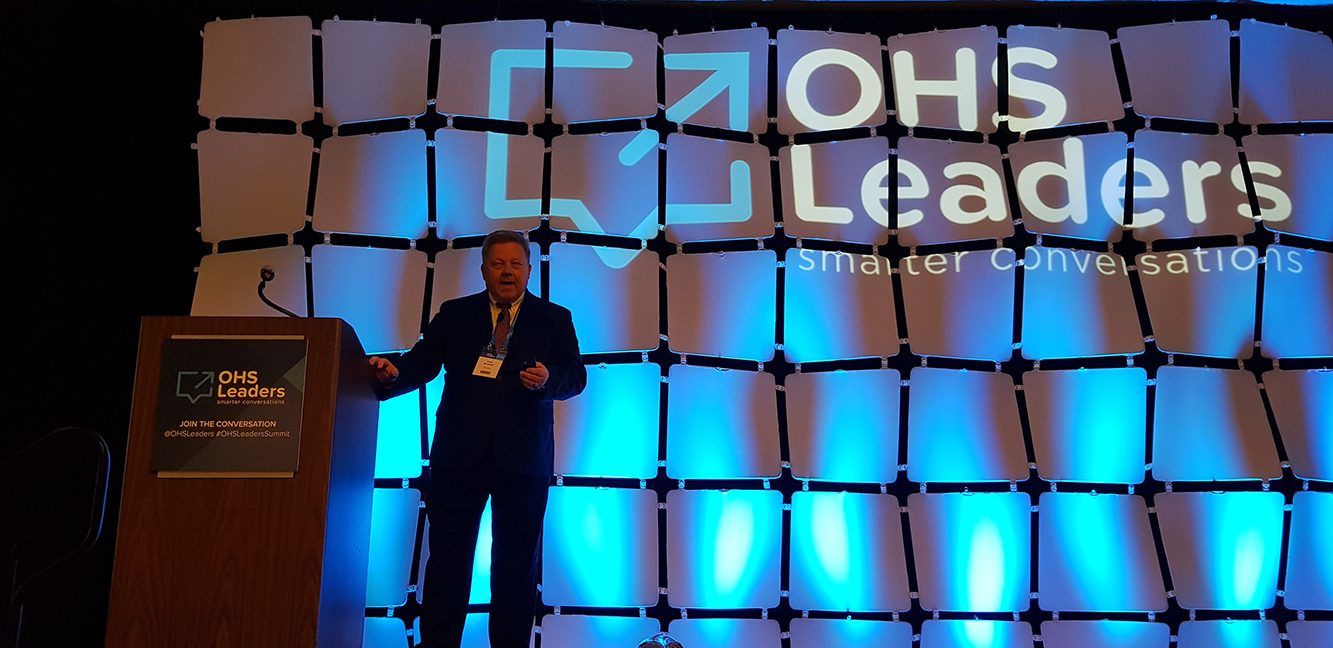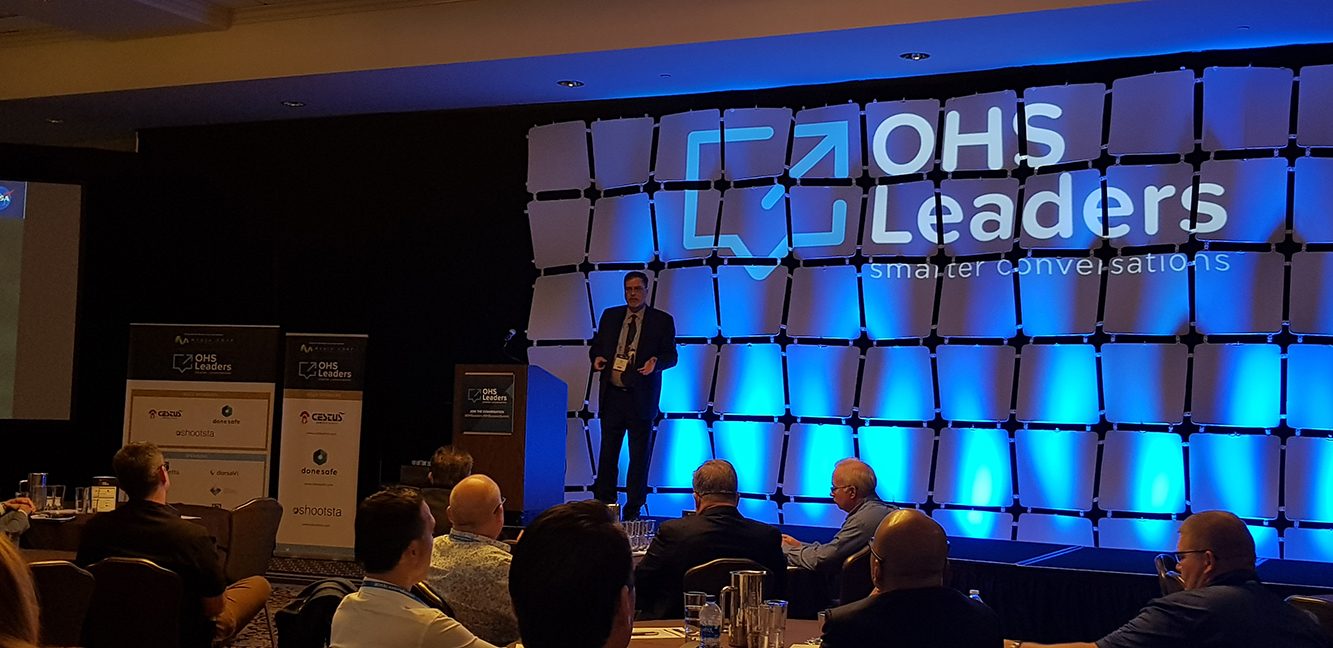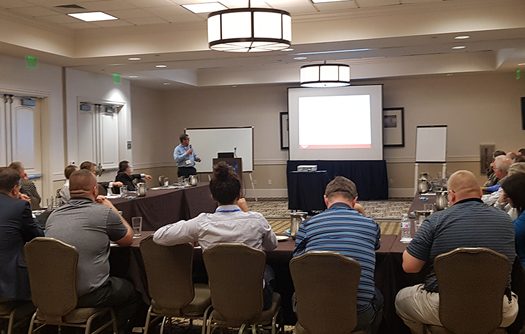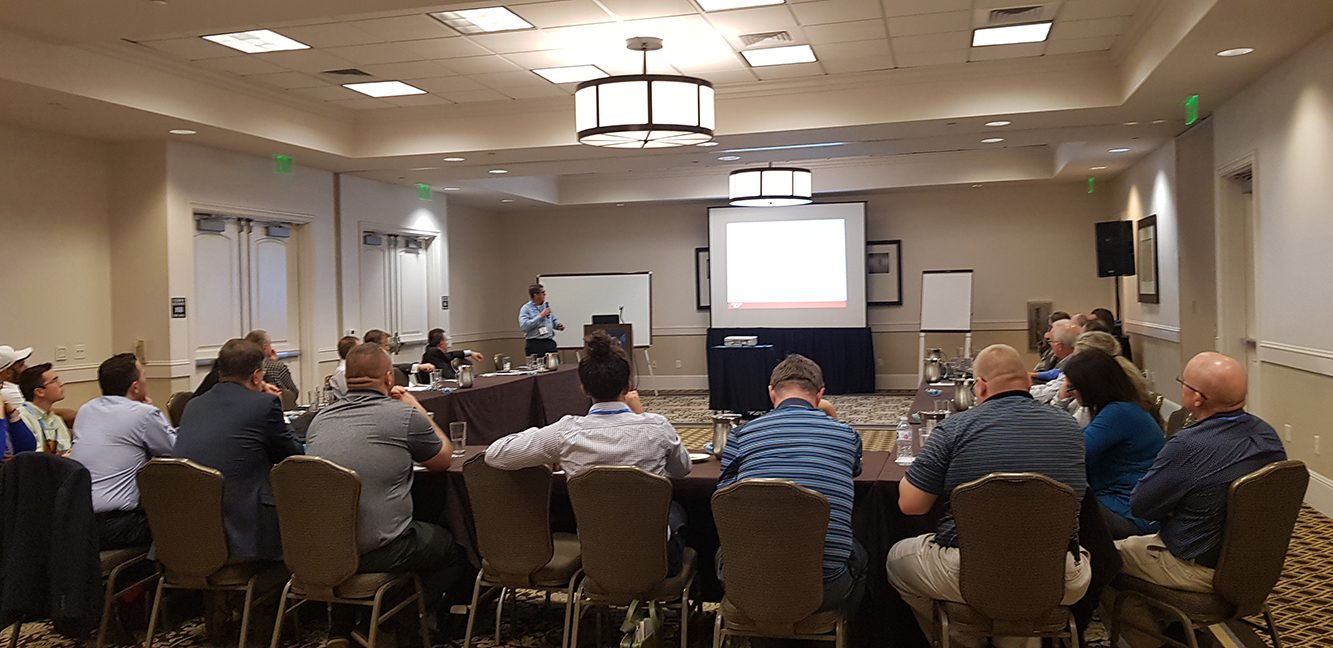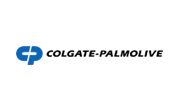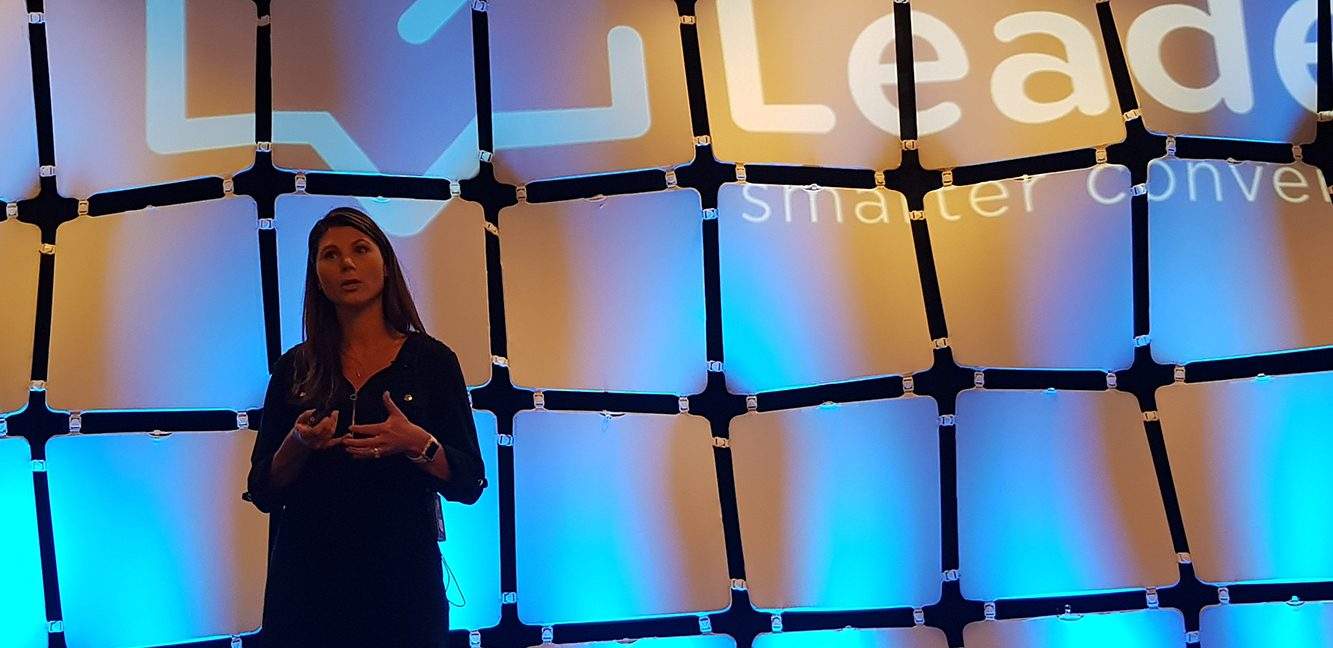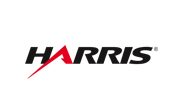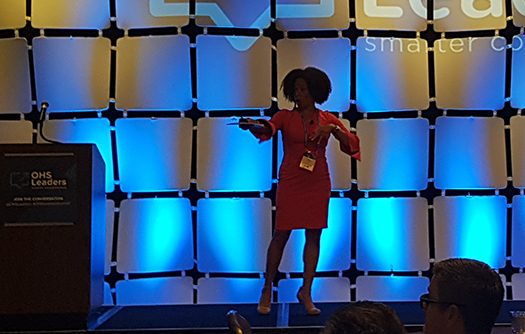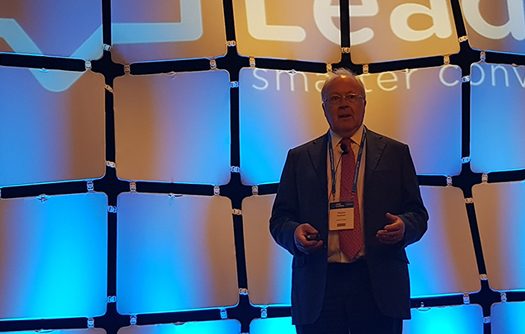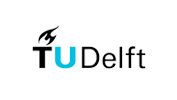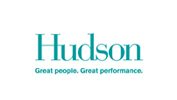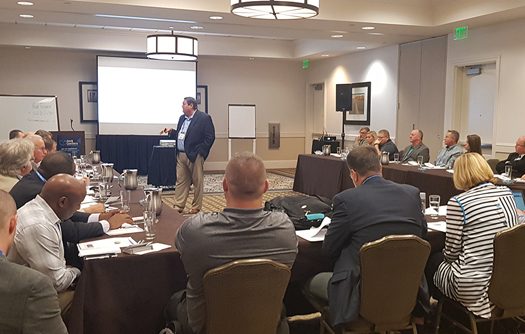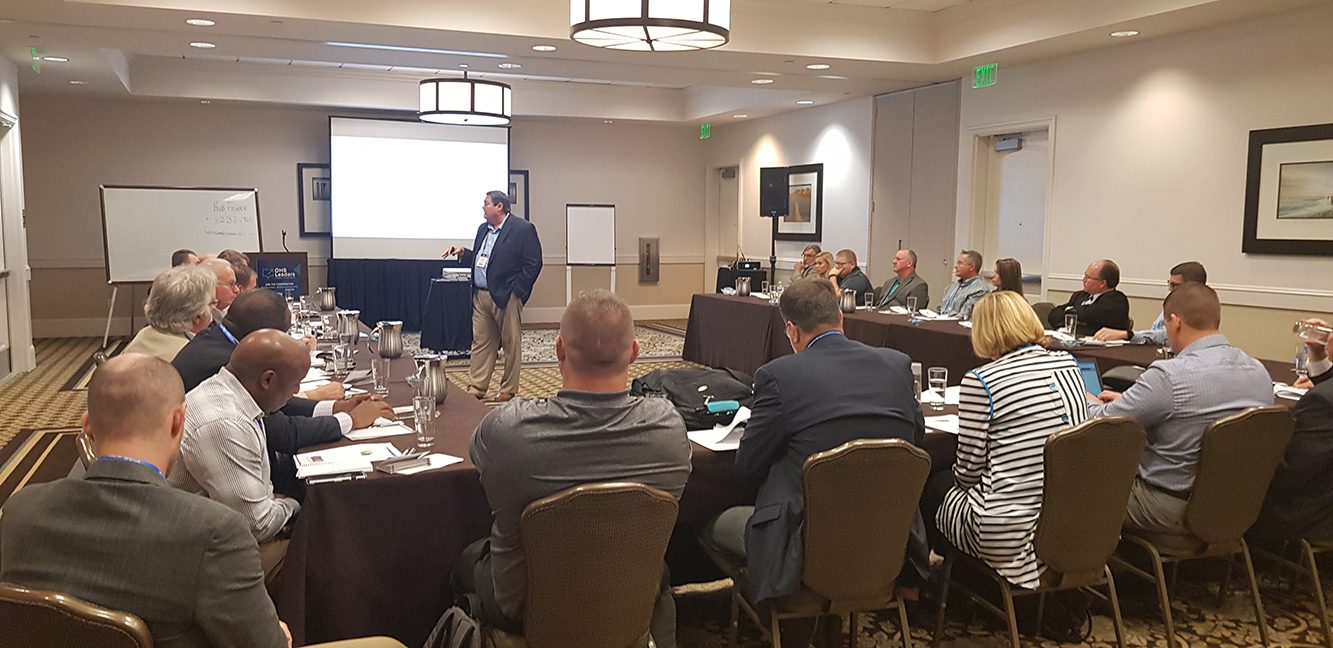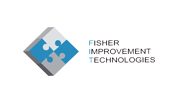Robert Emery, Vice President/Professor at University Texas, delivered a workshop around “Health and Safety’s Role in Mitigating Insider Threat Security Risks”
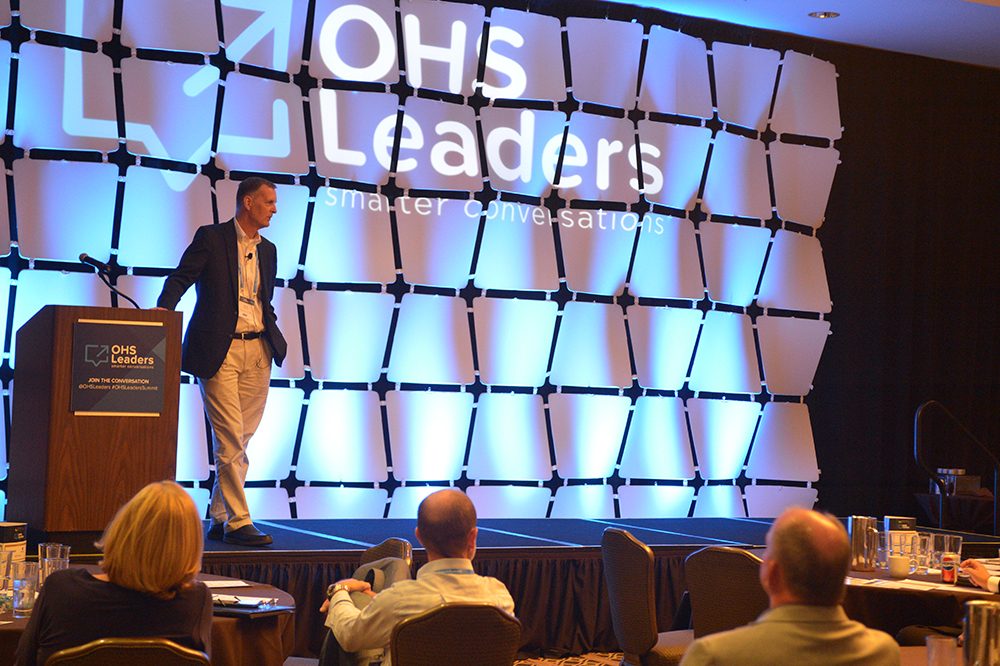
While organizations maintain many layers of controls to prevent outsiders from gaining unauthorized access to cause loss or harm, persons who have been granted legitimate access can become an “insider threat”, and because they are very difficult to detect, cause over $100 billon is losses annually. Although the typical insider targets assets or data, in some cases their actions can also have significant impacts on workplace and environmental health and safety. Because much of an organization’s health and safety program activities are carried out with the workers in their workplace, this represents a unique opportunity to assist in the possible detection of insider threats. This presentation will discuss the threats represented by insiders and will detail their recognized traits so that health and safety professionals can enhance their situational awareness and report suspicions to the appropriate authorities.
ABOUT ROBERT EMERY
Dr. Robert Emery is Vice President for Safety, Health, Environment & Risk Management for The University of Texas Health Science Center at Houston and Professor of Occupational Health at the University of Texas School of Public Health. Bob has over 30 years of experience in health & safety and holds master’s degrees in health physics and environmental sciences, and a doctorate in occupational health. Bob is unique in that he possesses national board certification and registration in seven main areas of health & safety.


